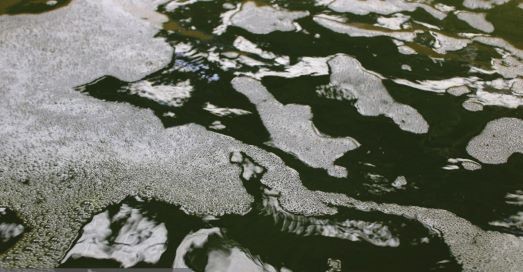Abstract
The aquaculture industry is experiencing rapid growth to meet the increasing global demand for seafood. However, this growth has led to increased pressure on traditional aquafeed ingredients, particularly fishmeal and fish oil, which are derived from wild-caught fish. The need for sustainable alternatives has driven research into novel ingredients, with microalgae emerging as promising candidates. This article explores the potential of microalgae as a sustainable aquafeed ingredient, discussing their importance, benefits, challenges, ongoing research, and future directions.
Importance of Microalgae in Aquafeed
Microalgae are photosynthetic microorganisms that form the base of many aquatic food chains. Their use in aquafeed is gaining attention due to several key factors. Unlike fishmeal and fish oil, microalgae can be cultured without depleting marine resources, offering a more sustainable alternative. Many species of microalgae are rich in essential nutrients, including proteins, lipids, vitamins, and minerals, making them valuable for aquafeed formulations. Beyond basic nutrition, these microorganisms often contain bioactive compounds that can enhance fish health and product quality. With advancements in cultivation technology, large-scale production of microalgae is becoming increasingly feasible…

